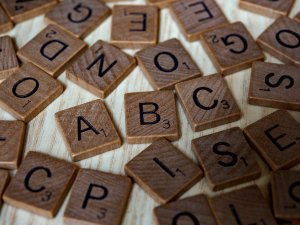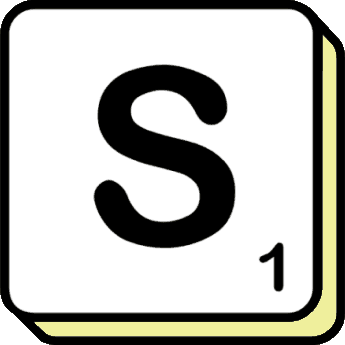Crafting Language from Imagination: The World of Constructed Scripts
Author: Brian Bowman
Date Published: 10 October 2023
Language is a wondrous aspect of human culture and communication, reflecting the richness and diversity of our world. But what happens when linguists, writers, and enthusiasts decide to invent their own languages, complete with unique scripts? Welcome to the captivating realm of constructed scripts and languages, where creativity knows no bounds.

Defining Constructed Scripts and Languages
Constructed scripts, often referred to as con-scripts, are writing systems specifically designed for constructed languages, or conlangs. Conlangs are languages that have been artificially created rather than evolving naturally over time. They can serve various purposes, from facilitating communication in fictional worlds to exploring the limits of linguistic creativity.
Klingon: A Language from the Stars
When it comes to constructed languages, few are as iconic as Klingon. Developed by linguist Marc Okrand for the "Star Trek" franchise, Klingon is the language spoken by the Klingon species. It has a dedicated following, with enthusiasts learning to speak and write in Klingon, and even books and translations in the language. Klingon's script, known as pIqaD, is a beautifully complex system with its own set of characters, adding depth to the Klingon culture.
Elvish Languages: Tolkien's Legacy
J.R.R. Tolkien, a philologist and author, is renowned for his creation of Middle-earth and its languages. Tolkien's Elvish languages, such as Quenya and Sindarin, have their own scripts. Tengwar, a script he invented, is the most well-known. It's a graceful and intricate system used to write various Elvish languages and has inspired countless fans to explore its beauty.
Dothraki and Valyrian: A Song of Languages
In the "A Song of Ice and Fire" book series by George R.R. Martin, and its TV adaptation "Game of Thrones," linguist David J. Peterson crafted Dothraki and Valyrian languages. These languages enrich the immersive world of Westeros. Peterson created unique scripts for these languages, enhancing the linguistic tapestry of the series and allowing fans to delve deeper into the lore.
Esperanto: The International Language
While many constructed languages are created for fictional worlds, Esperanto stands out as a constructed language designed for practical use. Created by L. L. Zamenhof in the late 19th century, Esperanto is meant to be a universal second language, fostering international communication and understanding. The language has its own script, a Latin-based alphabet, making it accessible to a global audience.
The Voynich Manuscript: An Enigma in Script
While most constructed scripts are created with a specific purpose, some remain mysterious and indecipherable. The Voynich Manuscript, an ancient text discovered in 1912, is filled with a unique script that has yet to be fully understood. This script accompanies bizarre illustrations and has baffled linguists and cryptographers for centuries.
The Art of Script Creation
Crafting a new script is no small feat. It requires careful consideration of phonetics, aesthetics, and cultural context. Creators often draw inspiration from existing scripts, artistic traditions, or entirely novel concepts. Script creators must decide how their script represents sounds, words, or even ideas. The result is a fusion of art and science that reflects the creativity of human expression.
Conclusion
Constructed scripts and languages are a testament to the boundless creativity of the human mind. They take us on linguistic journeys to imaginary worlds, enrich our understanding of fictional cultures, and even strive to enhance international communication. Whether it's the martial Klingon script, the elegant Tengwar, or the universal aspirations of Esperanto, these constructs remind us of the beauty and versatility of written language.
As you explore the world of constructed scripts and languages, you'll discover that the human capacity for language and expression knows no bounds. These creations are an invitation to explore the limits of linguistic imagination and to celebrate the infinite ways in which we communicate and connect with one another, both in the real world and in the realms of our wildest dreams.
